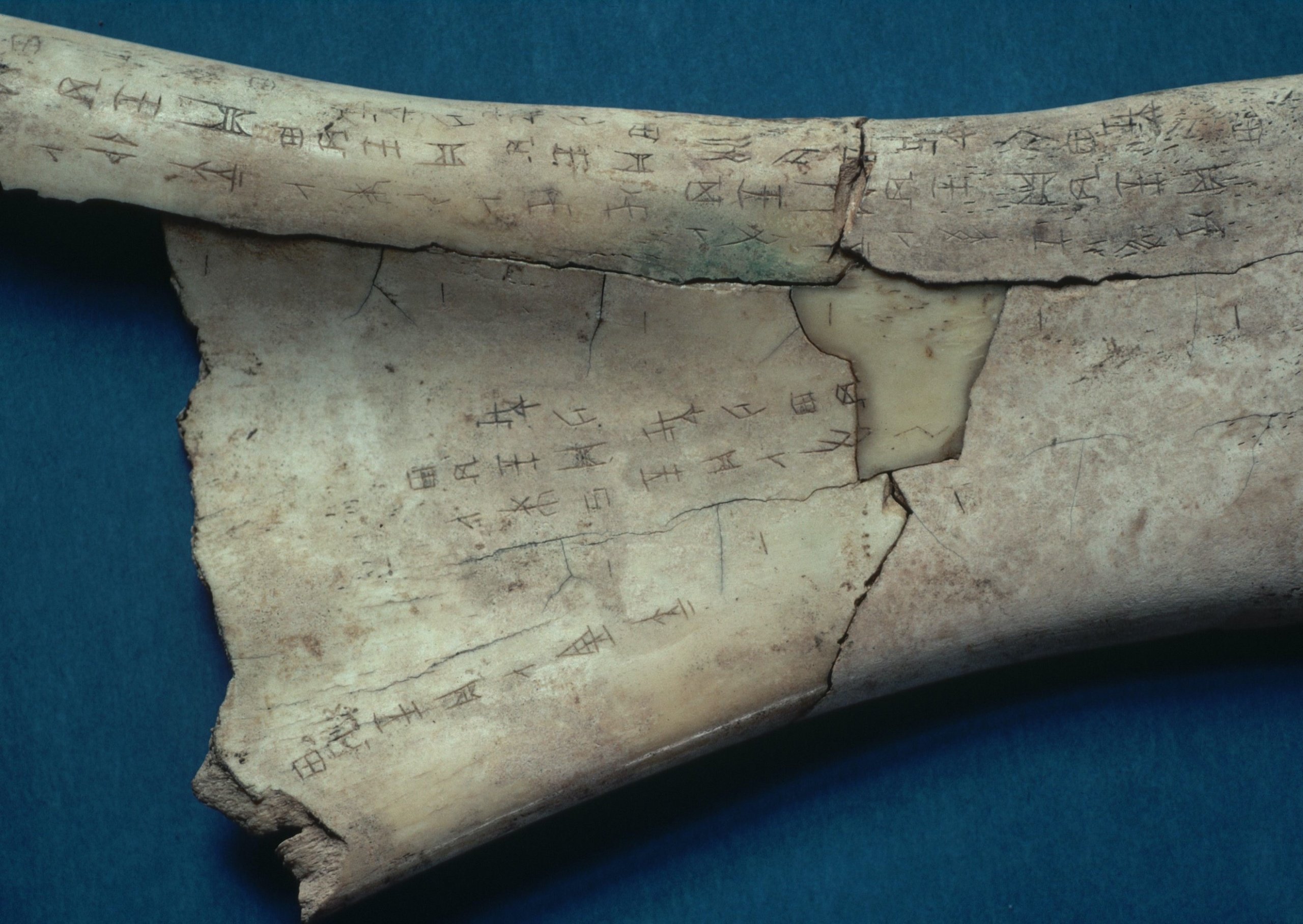The term “Pictogram” might already be familiar to you, correct?
This refers to a specific universe of signs developed in modern times, but with very ancient origins. Basically, it is a drawing conventionally taken as a sign of something. A recently accepted and more detailed definition, based on semiotics, sees a pictogram as an illustrated representation; an iconic sign that represents complex facts, not through words or sounds, but by using visual containers of meaning.

These have provoked the thoughts of leading designers and scholars from around the world. Definitions developed over time approach pictograms from one point of view, looking at history, function or visual rendering, but as reported above, these are instead multifaceted. Indeed, they present different elements in terms of relationships: between the sign and what it means, the formal technique, the meaning, and the goal it is supposed to achieve. In short, pictograms seem like a simple matter, but they open a window to an interesting and not at all trivial world!
According to Otto Neurath (economist, philosopher and inventor of the Isotype system) a pictogram is an element of a system with absolute validity. Otl Aicher (graphic designer and founder of the Ulm School) stated that “the pictogram must have the character of a sign, but without being an illustration.” For Herbert W. Kapitzki (former professor at the University of the Arts in Berlin and co-founder of the Institute for Visual Communication and Design) “a pictogram is an iconic sign that depicts the character of what it is intended to represent, and uses abstraction for its sign quality.”
Exploring the historical trajectory of pictorial symbols and highlighting notable pictogram examples across ages
What are the origins of pictographs? Do they trace back to earlier forms? And how have they evolved throughout history? Embark on a brief exploration across millennia and centuries to witness the evolution of pictorial symbols, culminating in the contemporary pictograms we utilize today. If one were to identify a predecessor to pictograms, it would likely be the so-called pictorial symbols, essentially graphic depictions on two-dimensional surfaces.
The Chinese language, which directly descends from pictorial symbols, remains in use today. The earliest records of Chinese script date to around 1200 B.C., found on the so-called oracular bones, which feature early forms of characters still in usage.

Pictorial symbols have undergone significant transformations across history. The earliest instances date to approximately 30,000 B.C., with cave paintings discovered in a cave system near Montignac, France (the Lascaux Caves). The purpose of these 6,000 depictions, including various animals, human figures, and abstract symbols, remains speculative, with no clear consensus on their communicative intent.

Prominent examples also include Egyptian hieroglyphs, Mesopotamian cuneiform script, and Mayan glyphs, all of which functioned as actual languages utilizing pictorial symbols. The discovery of the Rosetta Stone in 1799, featuring inscriptions in Egyptian hieroglyphs, Demotic script, and ancient Greek, enabled the deciphering of hieroglyphs, revealing their phonetic character.

By the 12th century, heraldic emblems or coats of arms emerged, enduring among aristocratic families to this day. Initially adorned on the helmets and armors of medieval knights, these symbols eventually evolved into familial crests.

The 15th-century advent of printing introduced new symbols, ornamental borders known as vignettes, incorporated within book pages. Originating with floral designs (hence the name, derived from “vineyard”), their motifs later diversified to encompass religious themes, festivities, seasons, and fauna.

Trailblazers in pictograph development
Pictographs gained significant prominence from a certain point in modern history onwards.
The advent of automobiles and the expansion of road networks culminated, in 1909 in Paris, in the proposal for an international system comprising four pictograms for road signage, adopted by several European countries. By 1927, this system received broader acknowledgment from the Traffic Committee of the League of Nations.


